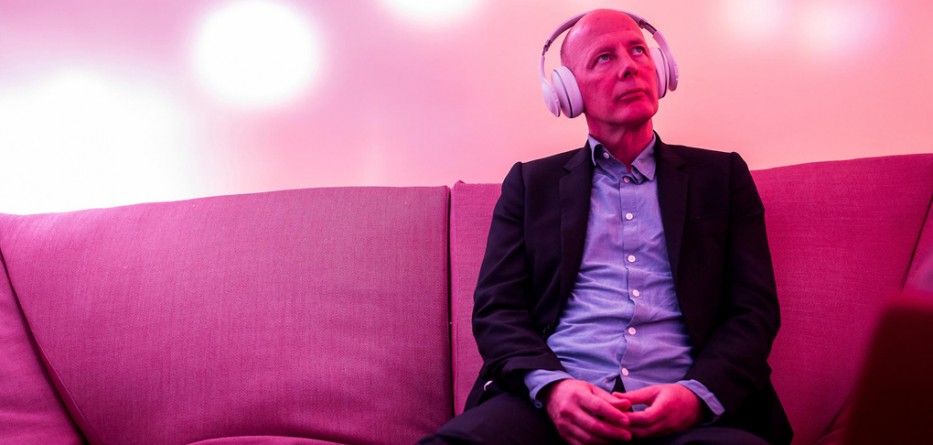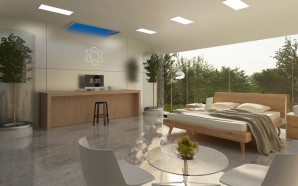Secluded pods that allow office workers to meditate, smash things or scream will be commonplace in two years time says UNStudio founder Ben van Berkel, after research found that stress-related illness costs the US economy $300 billion a year.
The Dutch architect claims that many big companies will install breakout pods in their workplaces in the near future to combat the “epidemic” levels of stress experienced by office workers all around the globe.
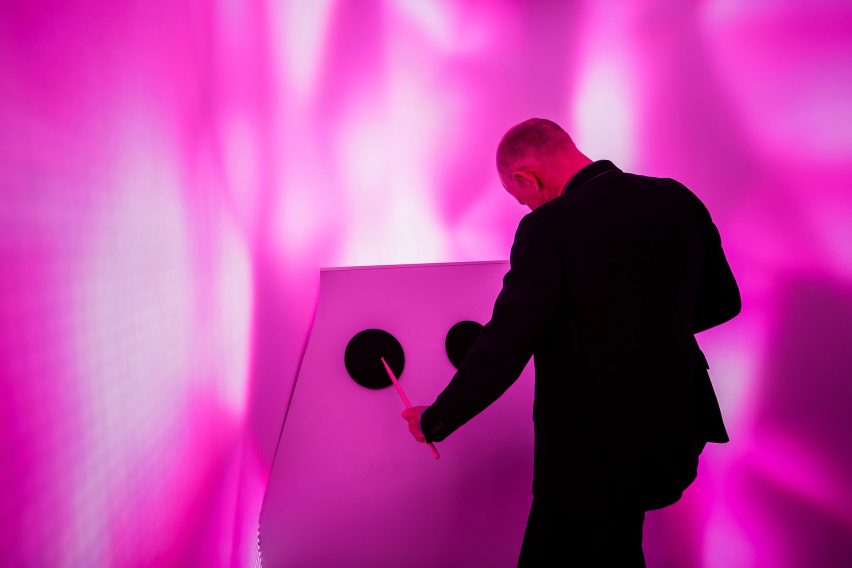
To offer its own solution to the problem, UNStudio teamed up with social design agency Scape to design a series of pods that can be installed inside different types of office environment.
But unlike similar products on the market, these modular units offer a variety of stress-reduction techniques. Occupants can engage in either active or passive activities, ranging from yoga to drumming or singing. One features walls that light up when touched.
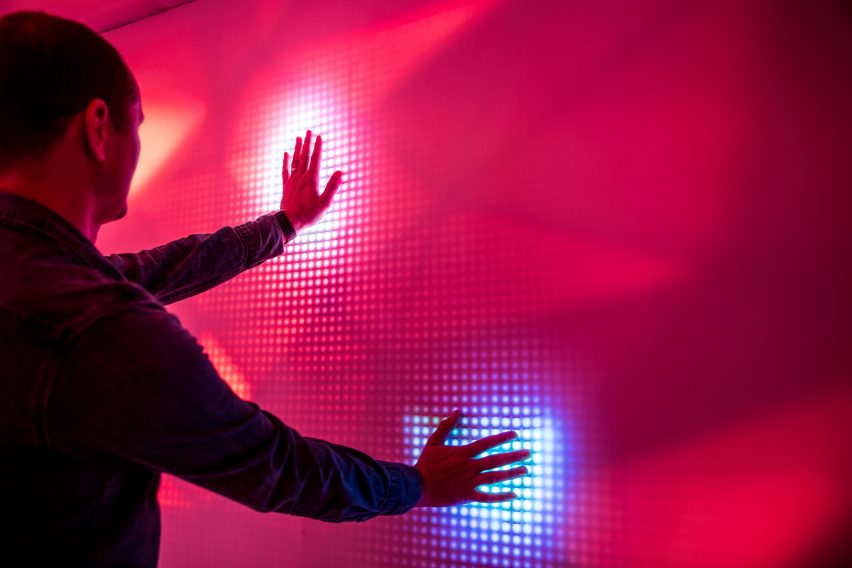
The two studios presented prototypes of the Reset pods at Workplace 3.0, on show at the Salone del Mobile during Milan design week, as part of an exhibition called A Joyful Sense at Work.
According to Scape founder Jeff Povlo, the financial cost of stress is going to force companies to start taking projects like Reset seriously – because the figures are just as worrying outside of the US.
In Europe, work-related stress costs the EU approximately €20 billion (£17 billion) a year, while in Australia the annual cost is A$14.2 billion (£8.5 billion), according to Povlo’s research.
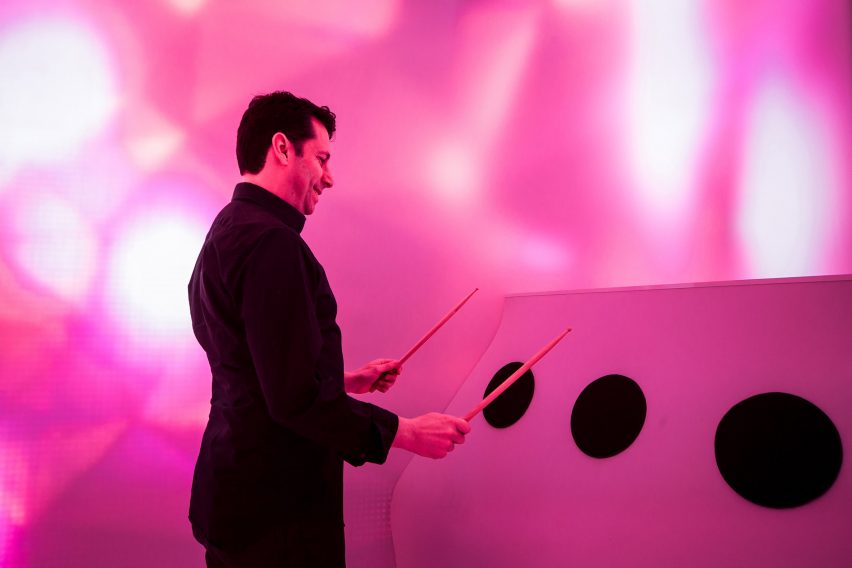
Povlo claims these types of facilities will become a critical factor when companies are trying to retain talented staff, and will also help to ensure that these employees don’t burn out.
The pair believe this makes the pods even more attractive to companies, as they will be able to physically measure the impact they have made on the health of their staff – which in turn will lead to higher productivity.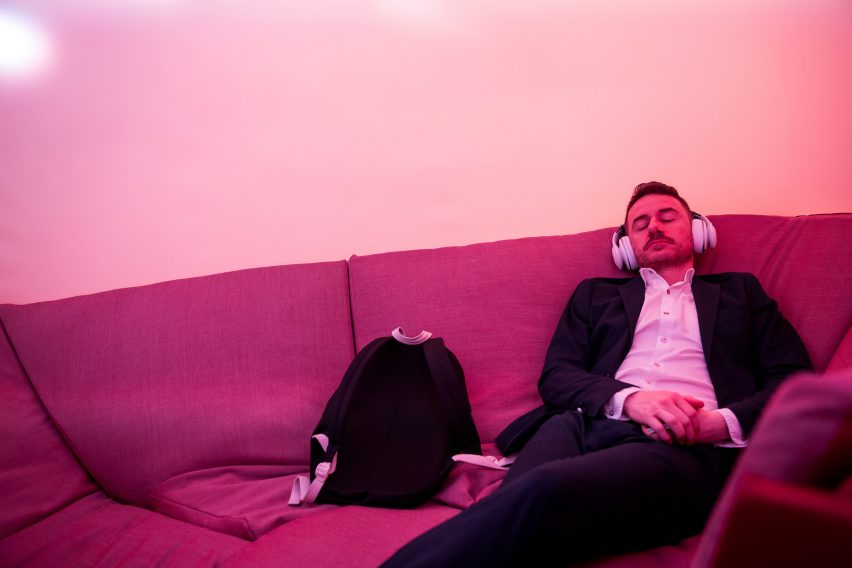
Amsterdam-based UNStudio ranked at number 55 in the inaugural Dezeen Hot List – a countdown of the most newsworthy names in architecture and design.
Many of the studio’s projects introduce pioneering approaches to improving the social and physical health of occupants – from the sloping walkways of the curvaceous Arnhem station to the seamless network of spaces at the Singapore University of Technology and Design.
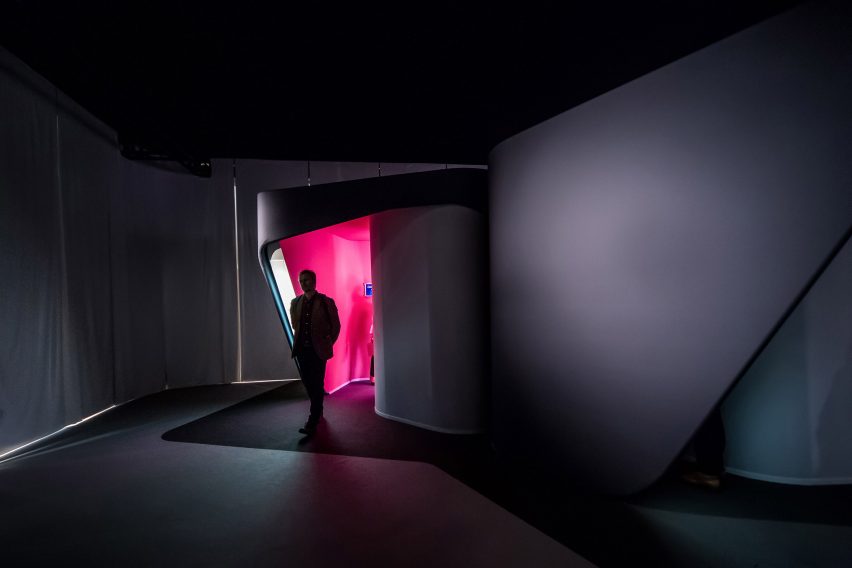
Van Berkel stresses that there are many ways of adapting buildings to improve health. As part of an ongoing research project with Harvard, he has been exploring a variety of other areas that need significant improvement.




